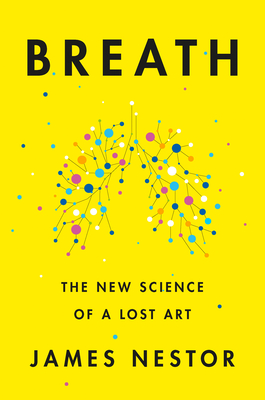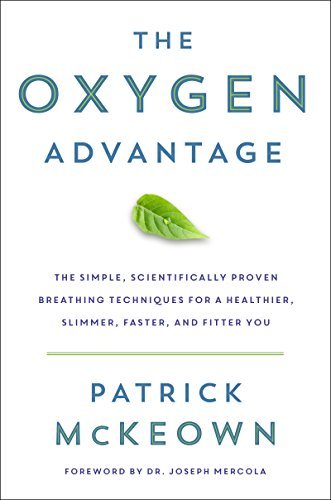I was extremely privileged to be offered yet another chapter of expert care.
Respiratory Physiotherapy was to take place at the Royal Brompton with Jacob Beard.
In the first session Jacob got me to breath normally in a relaxed seated position whilst he observed and timed my breathing.
I had read 2 books about breathing:


I had already conditioned myself to breath through my nose as much as possible including whilst sleeping at night.
I had also conditioned myself to initiate breathing from the diaphragm rather than from the upper chest.
What Jacob taught me was to breath into the lower sides of my lungs causing the lower sides of my ribs to slightly flare out laterally.
I was to put my hands against the sides of my ribs so as to feel this lateral movement. At first it was very difficult to achieve. Jacob showed me to try this lying on my back and on my side. I felt a long way from being able to do this during exercise!
I was sent home to practice for 15 mins every morning and 15 mins every evening doing nothing else but focussing on breathing.
3 Weeks later on returning to clinic, Jacob again observed me breathing at rest and it seemed that I had managed to establish a new breathing pattern.
The next thing for me to learn was the EILO-BI biphasic inspiration techniques.
Exercise-induced laryngeal obstruction (EILO), the condition previously known as paradoxical vocal fold motion and vocal cord dysfunction, is characterized by inappropriate glottic or supraglottic obstruction during high-intensity exercise, causing exertional dyspnea, frequently with stridor. EILO is definitively diagnosed through upper-airway visualization during a characteristic episode. Although respiratory retraining is a primary therapy for EILO, many patients report symptom persistence despite adequate performance of traditional techniques. Novel breathing techniques have been developed for EILO, EILOBI (EILO biphasic inspiratory) breathing techniques.
The EILO-BI techniques basically involve two phases to inspiration. The first phase provides a degree of resistance to the incoming breath either by the teeth, lips or tongue. the second phase involves a removal of the resistance and hopefully an unobstructed portion of inhalation.
I have found some degree of relief employing these techniques during swimming, cycling and running, but there still comes a point where the larynx obstructs, stridor kicks in and breathing is restricted and then I just have to ease off the effort and recover.
Another very fascinating and highly specialised process!
Leave a Reply
You must be logged in to post a comment.